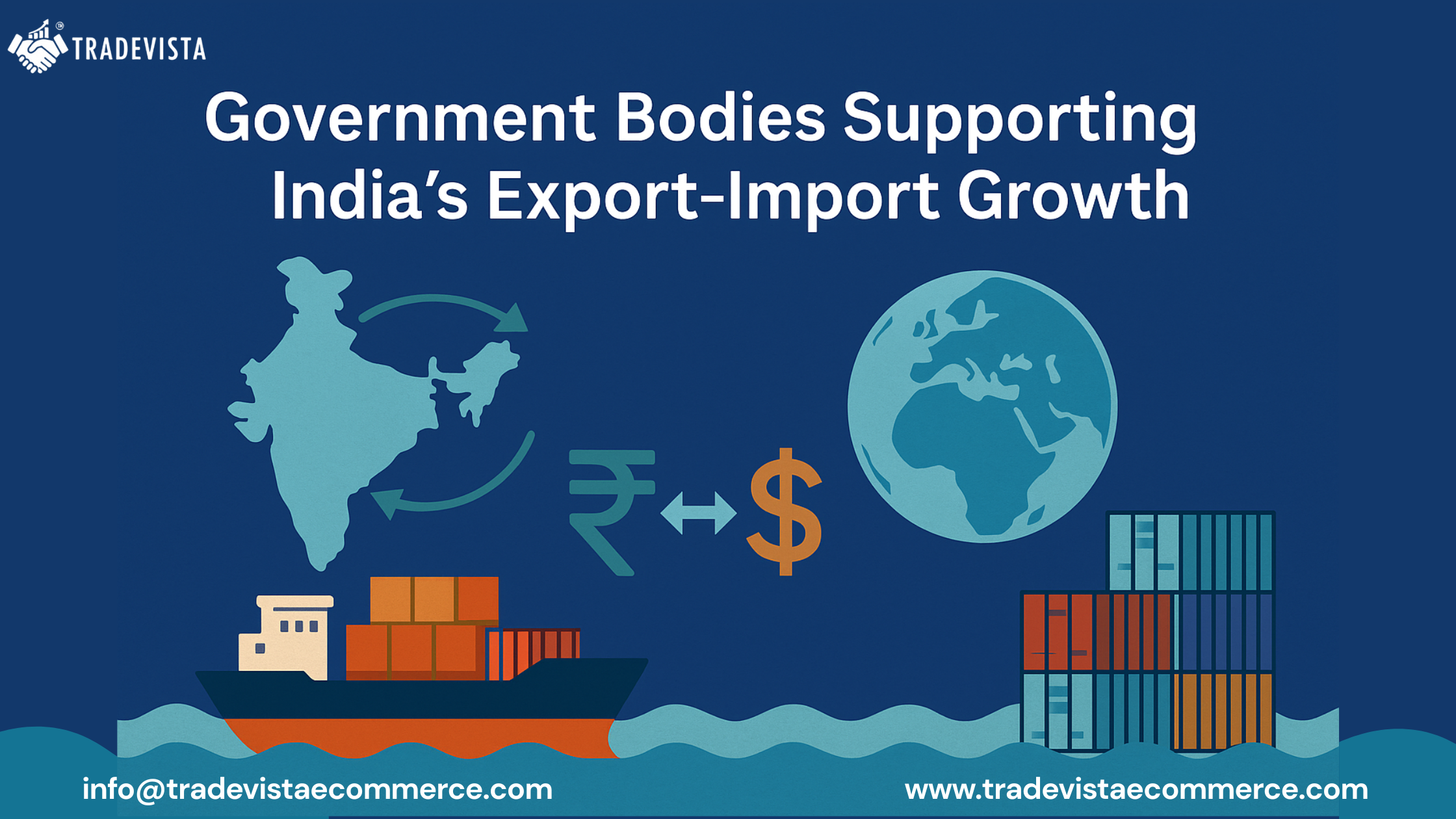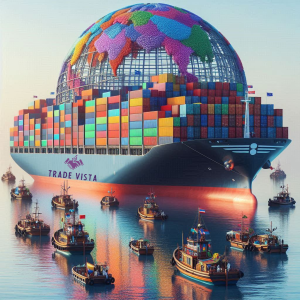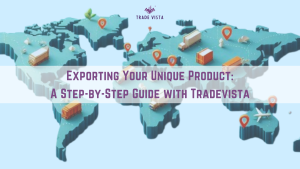India has emerged as one of the world’s fastest-growing trade hubs. Exports have enabled Indian products to reach new markets, while imports have supplied the country with the technology, machinery, and raw materials necessary for domestic growth.
Behind this trade ecosystem is a network of government bodies. These organisations frame policies, provide licenses, regulate quality, finance businesses, protect exporters against risks, and connect Indian firms with global buyers and suppliers.
For any business starting or scaling its import–export journey, understanding these institutions is crucial. This article explains the key government bodies supporting India’s trade and how they directly benefit both importers and exporters.
1. Ministry of Commerce & Industry (MoCI)
The Ministry of Commerce & Industry is the top authority for trade in India. It sets the overall direction of foreign exchange and ensures that India’s economic interests are safeguarded globally.
- Exports: The MoCI frames the Foreign Trade Policy (FTP) and signs trade agreements with other nations. It also runs schemes such as RoDTEP (tax refunds on exported goods), EPCG (duty-free imports for exporters), and SEIS (incentives for service exporters).
- Imports: The ministry regulates import policies, tariff structures, and trade negotiations to ensure that essential goods enter the country at fair prices.
Why it matters: Without MoCI, India’s import–export activities would lack structure and direction. It is the umbrella body that connects domestic trade needs with global opportunities.
2. Directorate General of Foreign Trade (DGFT)
The DGFT is the implementing arm of India’s foreign trade policy. Every business that wishes to trade internationally must interact with this authority.
- Exports: The DGFT issues the Importer-Exporter Code (IEC), a mandatory license required to begin exports. It also manages schemes such as Advance Authorisation and EPCG, which enable duty-free imports of inputs required for export production.
- Imports: The DGFT grants licenses for restricted or prohibited imports, updates trade notifications, and ensures businesses are aware of regulatory changes.
Why it matters: The DGFT is the gateway to global trade. No business can legally import or export without its approval.
3. Customs (CBIC) and GST Council
The Central Board of Indirect Taxes and Customs (CBIC) and the GST Council are responsible for handling border clearances, duties, and tax refunds.
- Exports: Exporters benefit from digitized clearance systems, such as ICEGATE, which enable faster approvals. Customs also manages IGST refunds, Duty Drawback schemes, and SEZ exemptions.
- Imports: Importers rely on Customs for seamless clearance, accurate HS code classification, and equitable duty assessment. The GST Council ensures that importers and exporters receive timely refunds and clarity on tax structures.
Why it matters: Customs ensures legal and compliant trade, while the GST Council reduces financial friction through timely refunds.
4. Export Promotion Councils (EPCs)
Export Promotion Councils are product-specific organisations that support businesses in promoting their goods abroad. There are more than 30 EPCs in India, covering sectors like textiles, spices, gems and jewellery, leather, and pharmaceuticals.
- Exports: EPCs provide exporters with market intelligence, buyer–seller meets, trade delegations, and issue the Registration-Cum-Membership Certificate (RCMC), which is necessary to avail government export benefits.
- Imports: EPCs also publish reports on global supply chains, helping domestic manufacturers identify sourcing opportunities.
Why it matters: EPCs are the bridge between exporters and their industry-specific opportunities abroad.
5. Federation of Indian Export Organisations (FIEO)
FIEO is the apex trade promotion body representing exporters and importers under the Ministry of Commerce and Industry.
- It organises trade fairs, global exhibitions, and B2B buyer meets.
- Provides training and guidance to SMEs on export procedures.
- Represents Indian trade concerns during policy discussions with the government.
Why it matters: FIEO acts as the collective voice of Indian exporters and importers, ensuring their concerns are addressed at the highest level.
6. Indian Trade Promotion Organisation (ITPO)
The ITPO is India’s national trade promotion agency responsible for organising major trade fairs and exhibitions.
- Exports: The ITPO organises flagship events, such as the India International Trade Fair (IITF) and industry-specific expos, providing exporters with a platform to showcase their products globally.
- Imports: ITPO also hosts international exhibitors in India, enabling Indian firms to meet foreign suppliers and explore new technologies.
Why it matters: ITPO provides unmatched opportunities for networking and global exposure.
7. Export Credit Guarantee Corporation (ECGC)
ECGC provides insurance and risk protection to exporters.
- It insures exporters against non-payment by foreign buyers due to commercial or political risks.
- Provides guarantees to banks, which makes it easier for exporters to secure loans.
- Indirectly supports importers by allowing foreign exporters to trade safely with Indian buyers.
Why it matters: ECGC enables businesses to take bold steps in new markets without worrying about payment defaults.
8. Export–Import Bank of India (EXIM Bank)
EXIM Bank provides financial assistance for India’s international trade.
- Exports: Offers export finance, buyer’s credit, project support, and lines of credit to foreign governments to promote Indian products.
- Imports: Extends financing facilities to Indian firms importing capital goods, raw materials, or advanced technology.
Why it matters: EXIM Bank strengthens the financial backbone of both exporters and importers.
9. APEDA and Commodity Boards
Sector-focused bodies help businesses meet international standards and find overseas markets.
- APEDA (Agricultural and Processed Food Products Export Development Authority): Promotes agricultural and food exports, provides GI certifications, and connects exporters with global buyers.
- Commodity Boards (Spices Board, Coffee Board, Tea Board, Rubber Board, MPEDA): Ensure adherence to quality standards, effective branding, and international promotion.
Why it matters: These boards ensure that India’s agricultural and commodity products are globally competitive.
10. Bureau of Indian Standards (BIS) and Quality Control Orders
BIS ensures that Indian products meet quality benchmarks.
- Exports: BIS certification and ISI marks increase trust in Indian products abroad.
- Imports: Ensures that imported goods such as electronics, toys, and steel comply with Indian safety and quality standards.
Why it matters: BIS builds buyer confidence and protects domestic consumers from substandard imports.
11. Invest India, SEZs and State Export Agencies
- Invest India: Helps foreign investors collaborate with Indian firms, assists with joint ventures, and supports businesses entering international markets.
- Special Economic Zones (SEZs): Provide exporters with tax exemptions, simplified processes, and world-class infrastructure.
- State Export Agencies: Offer region-specific incentives, training programs, and export promotion initiatives designed for the local market.
Why it matters: These agencies ensure local businesses can compete globally with the proper support and infrastructure.
India’s import–export growth is not just the result of entrepreneurial effort; a strong ecosystem of government institutions supports it. From policy and licensing to risk cover, finance, certification, and international networking, these bodies ensure that businesses of all sizes can trade globally with confidence.
For small and medium-sized enterprises, understanding and utilizing the services of these organizations is critical. They are not just regulators but enablers of growth.
FAQs
Q1. Do I need an IEC code for both imports and exports?
Yes, the IEC code issued by DGFT is mandatory for anyone wishing to import or export goods from India legally.
Q2. How does ECGC protect exporters?
ECGC provides insurance against non-payment by foreign buyers, covering both commercial defaults and political risks.
Q3. What is the benefit of SEZs for exporters?
SEZs offer exporters tax exemptions, simplified documentation, and advanced infrastructure, thereby reducing costs and enhancing competitiveness.
Q4. How can small businesses benefit from EPCs?
EPCs provide guidance, connect exporters with international buyers, and offer certifications needed to avail government incentives.
If you are planning to start or expand your import–export business, these government institutions can provide the support you need.
At TradeVista, we specialise in helping SMEs navigate complex trade regulations, connect with buyers, and expand their reach through global platforms.
Contact us today to learn how you can use these institutions to build a successful import–export business.




